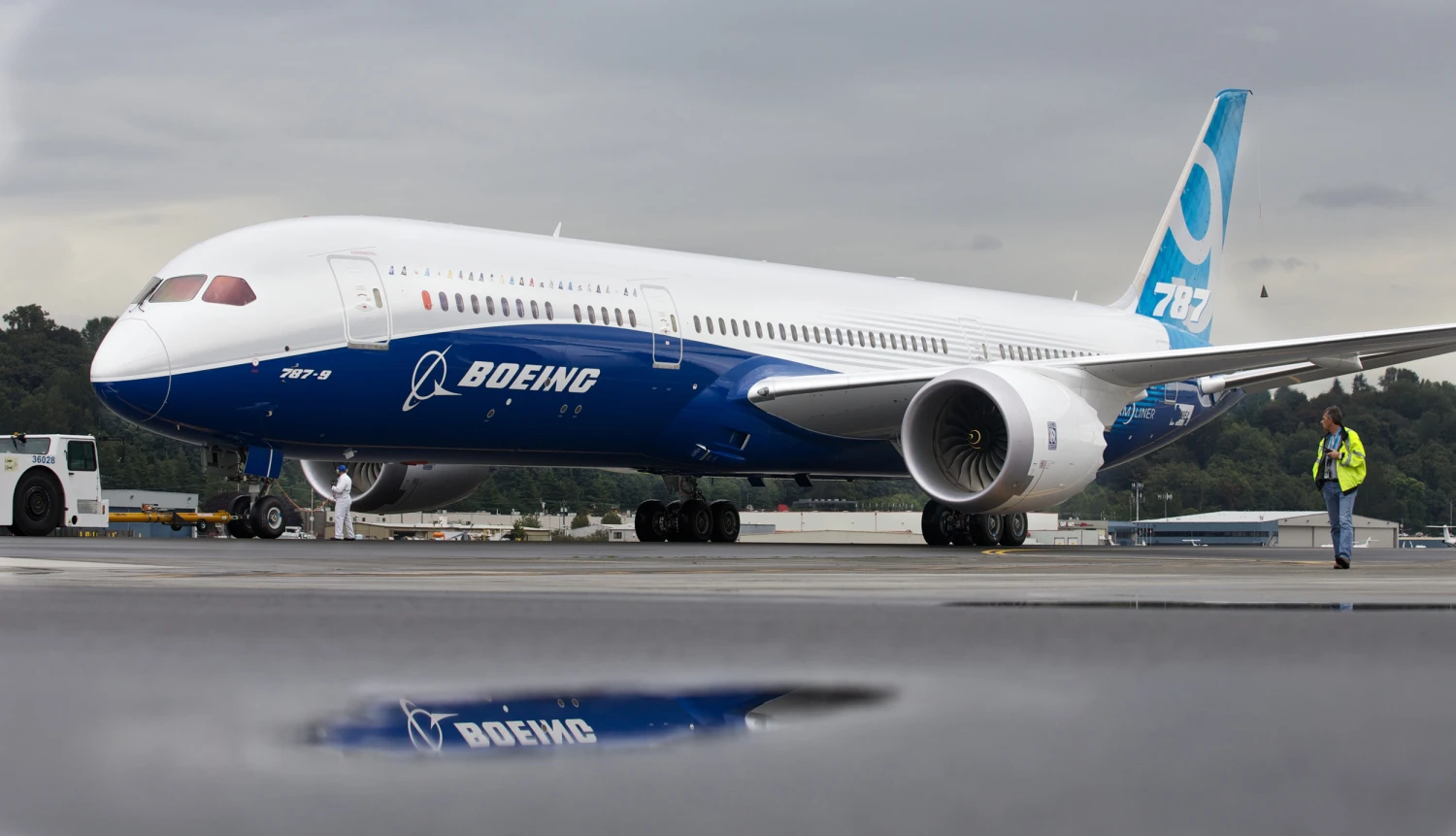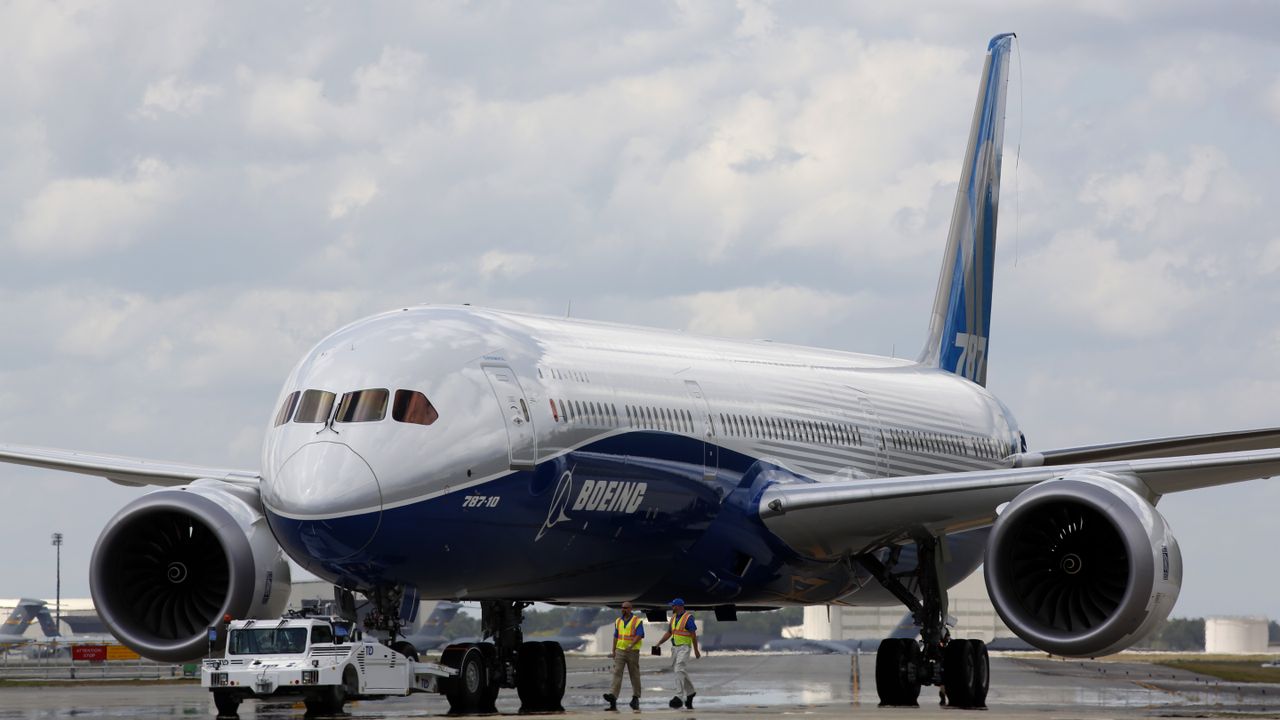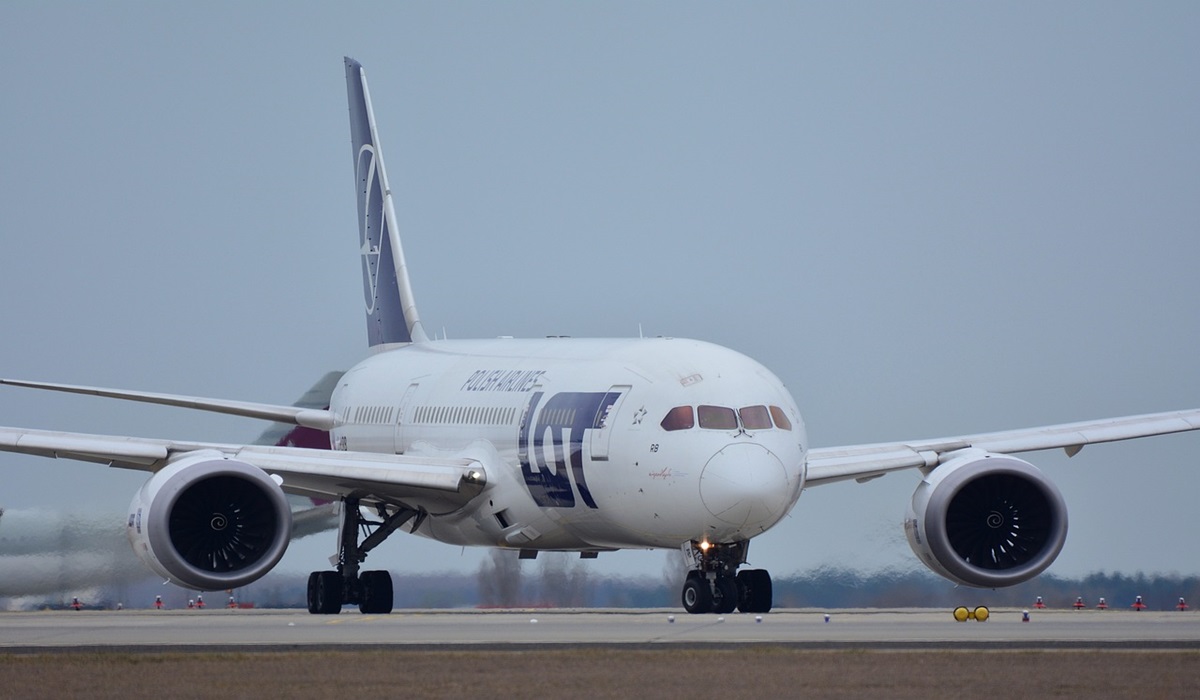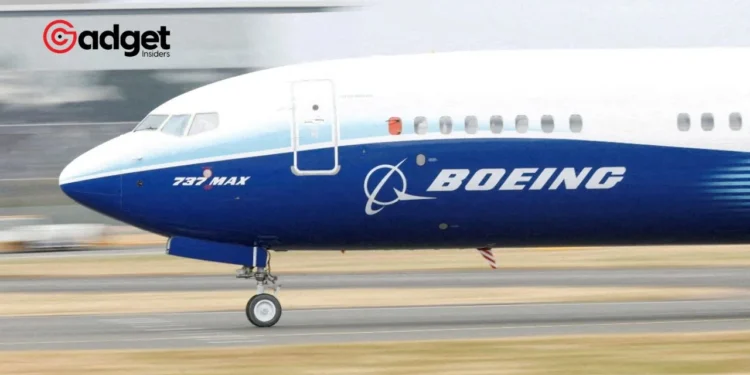In an industry where safety and precision are paramount, the latest allegations against Boeing’s 787 Dreamliner have sent shockwaves through the aviation community. A former engineer with the aircraft manufacturing giant has stepped forward with claims that could tarnish the reputation of one of the most innovative airplanes in the sky today.
As the Federal Aviation Administration (FAA) launches an investigation into these claims, the aerospace world watches closely, pondering the implications for Boeing and air travel’s future.

A Whistleblower’s Warning
Sam Salehpour, a former Boeing engineer with a decade of experience at the company, has brought forth allegations that have stirred both public and regulatory concerns.
In detailed discussions with The New York Times and documents submitted to the FAA, Salehpour outlined his worries about the 787 Dreamliner’s structural integrity.
According to Salehpour, modifications in the assembly process and how massive parts were secured on the production line have led to a situation where the aircraft’s fuselage sections, sourced from various suppliers, may not align perfectly. This discrepancy, he suggests, could potentially lead to catastrophic failures mid-flight.
An engineer at Boeing claimed the plane maker dismissed repeated concerns about the quality control of the 787 Dreamliner and 777, some of the most used widebodies in the airline industry. https://t.co/AVIZKzfAY9
— Skift (@skift) April 10, 2024
Salehpour’s concerns are not just hypothetical musings. They are grounded in his extensive experience working on the aircraft, making his allegations all the more alarming. His claims are now the subject of an FAA investigation, a move that underscores the seriousness with which the regulatory body is taking these potential safety issues.
Moreover, Salehpour is expected to amplify his concerns on a larger stage as he has been invited to testify before the Senate Homeland Security and Governmental Affairs Committee’s investigations subcommittee on April 17, according to Gizmodo.
This testimony could bring his allegations to the forefront of national attention, prompting further scrutiny of Boeing’s practices and the aviation industry’s regulatory oversight.
Boeing’s Stance Amidst the Storm
In response to the swirling allegations, Boeing has mounted a defense of its prized Dreamliner. The company acknowledges the production modifications Salehpour mentioned but fervently disputes any insinuations that these changes compromise the aircraft’s safety.
The company insists that the 787 Dreamliner, a wide-body jet celebrated for its fuel efficiency and lightweight composite structure, is built on a foundation of rigorous safety measures. These measures, Boeing argues, ensure the aircraft’s safety and reliability over the long term.
“We have complete faith in the 787 Dreamliner,” stated a spokesperson for the Airplane manufacturing company, emphasizing that reports questioning the aircraft’s safety are “unfounded.”

Boeing’s confidence in the Dreamliner comes against a backdrop of previous challenges and controversies. Since its first delivery in 2011, the Dreamliner has been both a technological marvel and a source of operational headaches for Boeing, illustrating the complex interplay between innovation, regulation, and safety in aviation.
Leadership Changes at a Critical Juncture
The allegations against the 787 Dreamliner emerged at a time of significant leadership changes within Boeing. Last month, CEO Dave Calhoun announced his resignation amid concerns over safety mishaps and manufacturing issues, setting the stage for a crucial transition period for the aerospace behemoth.
Larry Kellner, the incumbent Board Chair, also revealed he would not seek reelection, passing the baton to Steve Mollenkopf as the new independent board chair.
Mollenkopf’s primary task will be to steer the board in selecting Boeing’s next CEO, a decision that will undoubtedly influence the company’s direction in addressing the current challenges and restoring confidence in its aircraft.

As Boeing navigates these turbulent times, the aviation industry and the flying public are left to ponder the implications of Salehpour’s allegations.
The outcome of the FAA investigation and Salehpour’s congressional testimony could have far-reaching consequences for Boeing, shaping the company’s future and the safety standards that protect passengers worldwide.
In the quest for sky-high innovation, the lessons from Dreamliner’s saga remind us of the gravity of safety, the cornerstone upon which the aviation industry is built.










